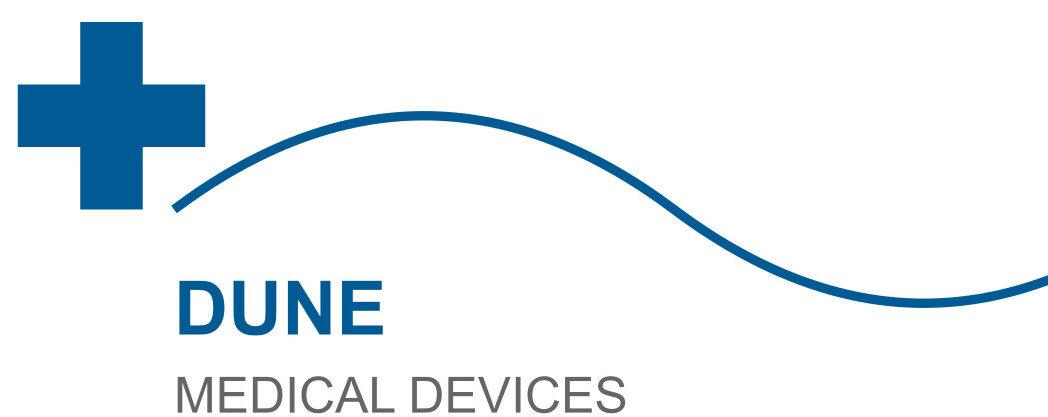Can a Doctor Order Medical Equipment for a Patient’s Personal Use? Legal & Ethical Insights
When patients require medical equipment for home use, many wonder: Can a doctor order medical equipment legally and ethically? The answer is yes—but with important considerations. This guide explores the legal, ethical, and practical aspects of prescribing medical devices for personal use, helping healthcare providers and patients navigate this process confidently. By understanding these key factors, you can unlock opportunities for better patient care and even financial success in the medical field.
Legal Considerations When a Doctor Orders Medical Equipment
Prescribing medical devices for home use involves strict legal guidelines to ensure compliance and patient safety.
1. Regulatory Compliance (FDA & State Laws)
Doctors must ensure that prescribed devices are:
- FDA-approved for the intended use
- Properly classified (Class I, II, or III)
- Compliant with state-specific durable medical equipment (DME) regulations
2. Prescription Requirements
A valid prescription must include:
- Patient’s diagnosis and medical necessity
- Specific device details (make/model if required)
- Duration of need
- Physician’s signature and NPI number
3. Insurance & Reimbursement Rules
Insurance coverage depends on:
| Factor | Impact on Approval |
|---|---|
| Medical necessity documentation | Critical for approval |
| In-network vs. out-of-network providers | Affects reimbursement rates |
| Prior authorization requirements | Needed for many DME items |
Ethical Considerations in Prescribing Medical Devices
Beyond legal requirements, ethical principles guide appropriate prescribing.
1. Patient-Centered Decision Making
Ethical prescribing involves:
- Assessing actual patient needs (not wants)
- Considering cost-effectiveness
- Ensuring the patient can use the device properly
2. Avoiding Conflicts of Interest
Physicians must:
- Disclose any financial ties to equipment providers
- Not accept kickbacks for prescriptions
- Choose devices based on merit, not incentives
The Process: How Doctors Order Medical Equipment for Patients
Follow this step-by-step process for compliant prescribing:
1. Assessment & Documentation
- Conduct thorough patient evaluation
- Document medical necessity clearly
- Consider alternatives and justify choice
2. Prescription Creation
- Use complete prescription format
- Specify exact equipment needs
- Include all required elements
3. Insurance Pre-Authorization (When Required)
| Step | Timeframe |
|---|---|
| Submit request | 5-7 business days |
| Insurance review | 7-14 days typically |
| Appeal if denied | Additional 30 days |
Financial Opportunities in Medical Equipment Prescribing
Properly navigating this process can lead to significant financial benefits:
1. Building a Profitable Practice
- Offer comprehensive care that includes equipment solutions
- Develop relationships with reputable suppliers like Dune Medical Devices
- Create additional revenue streams through proper DME dispensing
2. Expanding Your Service Offerings
- Add medical equipment consulting services
- Develop home health programs
- Position yourself as a comprehensive care provider
Conclusion: Prescribing Medical Equipment Responsibly
Doctors can legally and ethically order medical equipment for patient home use when following proper guidelines. By understanding the legal requirements, ethical considerations, and proper procedures, healthcare providers can enhance patient care while potentially increasing their practice revenue. The key is partnering with reputable suppliers and maintaining strict compliance.
Visit https://dunemedicaldevicesinc.com/shop-2/ for more insights on medical equipment solutions. For personalized guidance, contact our experts today to discuss how we can help grow your practice through proper medical equipment prescribing.
FAQ Section
Can any doctor order medical equipment for patients?
Yes, licensed physicians can order medical equipment when medically necessary, but they must follow state and federal regulations regarding prescriptions and durable medical equipment.
What types of medical equipment can be prescribed for home use?
Common prescribed equipment includes CPAP machines, wheelchairs, hospital beds, oxygen concentrators, and diabetic testing supplies. The specific devices depend on patient needs and insurance coverage.
How can doctors ensure they’re prescribing ethically?
Doctors should base prescriptions solely on medical need, disclose any conflicts of interest, consider cost-effectiveness, and ensure patients receive proper training on device use.
What documentation is required for insurance coverage?
Typically needed: detailed prescription, medical records supporting necessity, sometimes a letter of medical necessity, and often prior authorization forms.
Can doctors profit from prescribing medical equipment?
While doctors can earn income through proper DME dispensing arrangements, they must strictly comply with anti-kickback laws and Stark Law prohibiting self-referral for Medicare/Medicaid patients.
